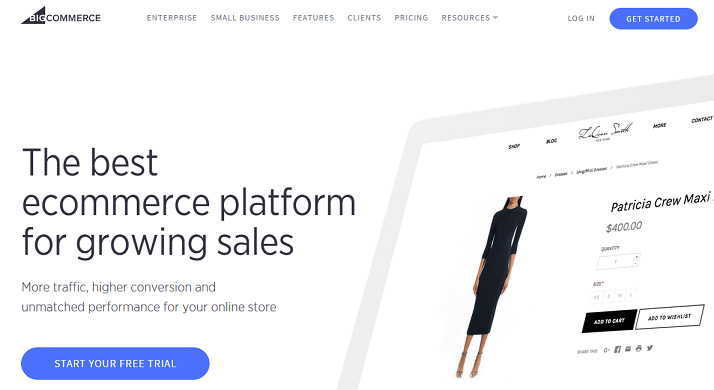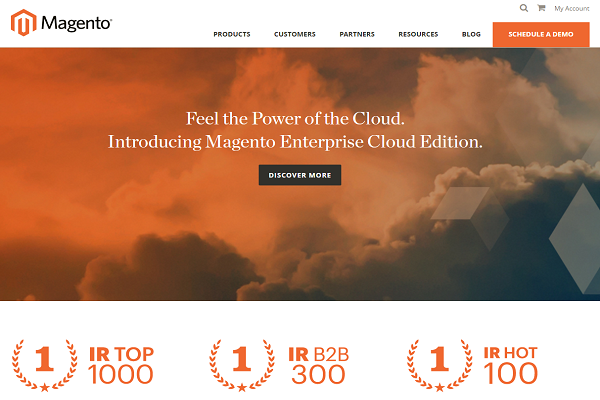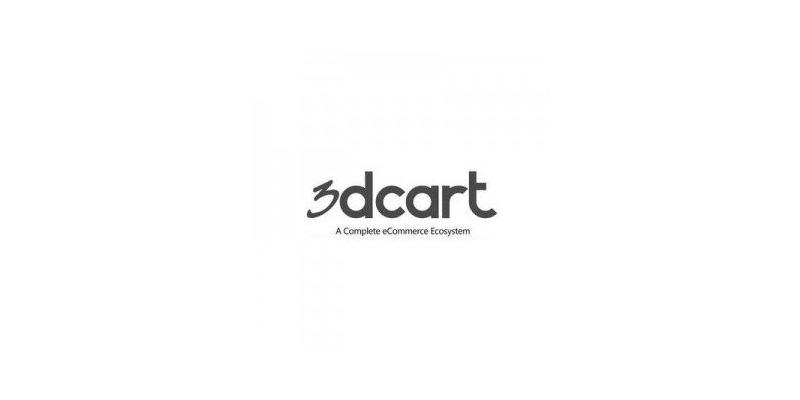Building the Perfect Ecommerce Website for Your Startup in 6 Easy Steps
Websites are among the finest inventions of technology that revolutionized the dynamics of 21st-century commerce. They gave the ability to attend millions of consumers without the potential need of a single salesman. This allowed brick and mortar stores to transition from their physical existence to a fully functional online platform which not only enhanced the revenues, but also introduced new channels of marketing. Even though ecommerce dates back as far as the 1970s, the 21st century was the milestone every entrepreneur had been waiting for. It gave everyone the power and liberty to create their own website and sell their stuff online at the comfort of their homes.
How Startups are Made
A Startup is defined as newly established businesses set out to solve a prevailing problem of the consumer. Its goal is to introduce the perfect product that is absent in the mainstream through a unique solution to the problem. Since it’s in the early stages of development with financial constraints, it does not get the best attention it deserves in the marketing industry. In order to achieve its goals, it must use every channel of marketing to get exposure and visibility for its products.
Ecommerce
Ecommerce not only allows access to the global market, but also eliminates the costs of human resources involved in running the startup under the brick and mortar roof. It accelerates the growth of the organization and improves the quality of products and services offered to the customers. Having a website also serves as an extension of your business card where customers can look you up and learn about your organization’s background, its offices and ongoing operations. This helps by adding value to the startup business.
Step 1: Create a Domain
The first move in your journey to create an ecommerce website for your startup is securing a domain. Create a domain name that conveys the goals and objectives of your startup to the consumer. It doesn’t have to be too difficult to comprehend or too long to remember, just keep it simple, yet appealing to the audience. The character limit should not exceed more than 67 and its best to mention the name of your organization or its abbreviation in the domain. You will be surprised to know how much your domain name can impact on the conversion rate.
Step 2: Find a Hosting Server

The next step would require choosing a reliable hosting server for your online data. The server basically handles all your data and choosing a reliable one can mean the difference of a fast lag free website, or a slow website with a high bounce rate. Hence picking a hosting server which does not crash or run out of bandwidth is imperative for a successful website for your startup.
Here are the top hosting servers of 2016 which you must consider:
There are 2 types of hosting you can choose from, shared and dedicated. For a startup, it is best to use shared hosting since it does not burden your financial capacity and works just fine with small site operations. However, if the website has a bigger scope and needs more bandwidth to operate, then a dedicated server must be used to deliver uncompromised performance and a smooth workflow for your marketing.
Step: 3 Choose a Suitable Shopping Cart
Choosing the right ecommerce platform is the most important part of building your startup website. You need to map out your business requirement precisely and align them with the features offered by the shopping carts to build the perfect ecommerce store. It is recommended to use these softwares and do the necessary customization by consulting a custom web design company that specializes in eCommerce development. Here is a list of leading shopping carts of 2016 you must consider.
Shopify
Shopify is a leading ecommerce platform suitable for all sorts of needs. From startups to multi-billionaire online businesses, Shopify offers a combination of user-friendly features with tons of options and tools.
BigCommerce

BigCommerce might not be the best ecommerce platform, but it offers a unique mix of features and powerful applications to set up a comprehensive store for any startup ready to enter the online industry.
Magento

Magento is a highly professional platform offering community and enterprise editions for different customer needs. Having a Magento website for your startup means customized features and top-notch functionality available in the market. It’s a highly recommended platform to consider.
3dCart

3D cart is known for its user-friendly interface and highly versatile features that serves the needs of all sorts of merchants. It’s affordable and doesn’t require any prior experience or technical knowledge to get it started.
Navigation and Content
Once you have chosen a suitable shopping cart, start optimizing its navigation and content. A CMS will be integrated with the shopping cart so there is no need for any over the budget line expenses.
Step 4: Add Navigation
Navigation allows your products to get noticed on the website. This includes text links, breadcrumbs, navigation bar, site map, drop down menus, flyout menus and named anchors etc.
A good navigation makes the website consistent throughout the user experience, allowing the visitor to remain engaged and convert. It shows a roadmap to the different areas of the website, minimizing the clicking and reducing bounce rates caused by bad navigation. You can also use third-party applications for enhanced performance.
There are Three Main types of Website Navigation
Hierarchical Website Navigation
The navigational structure of the website is built from general to specific. This facilitates an easy path anywhere on the website to all the web pages.
Global Website Navigation
It exhibits the top level section/pages of the website. The main contents are listed on every page of the website.
Local Website Navigation
Local website navigation links the text of your web page with other web pages of your store.
Step 5: Introduce Content
Text
Before adding text on your startup website, you need to consider the right color schemes, font style, font size, and text structure of your website. Without the textual appeal, your website will fail to put a convincing case to your customer about your products. Everything from the product description, instructions, blogs, articles, FAQs and other pages require text to function. Here are 3 basic rules of developing a good textual presence on your web pages.
- Balanced with the color theme of the web design
- Should be concise and meaningful
- Non-plagiarized and grammatically error free
Images and Videos
Visual elements such as images, videos and graphics are the nourishment of a healthy website. They are an excellent source of user engagement and pack a bigger punch of information rich content than any form of text can. Your startup website has little or no chance of meeting its mark if there is no visual detail in it. Here are a few things you must do to get a good visual density on your web pages.
- Add infographics, screenshots, and product images on your web pages
- Optimize your visual content through galleries, slider, banners, blocks etc. You can also use third-party applications for other functions as well such as zooming or lightbox view.
- Use HD photography to capture images of your products for better user engagement
- Add testimonials and instructional videos for a better understanding of your products. You can use short videos to explain the features and functions of your products instead efficiently.
Step 6: Use SEO
Last but not the least; you need to add Search Engine Optimization or ‘SEO’ to your newly developed startup website. It is the only way to get your pages ranked on search engines such as Google. The stronger the SEO, the better traffic you will get. A healthy flow of traffic increases your conversion rates, thus increasing your product sales as well. You can hire a good SEO specialist or even an entire team of SEO resources to work for you, but given the infamous budget of new startups, it might not be possible for everyone. It’s better to start with a single resource and observe how things fair. If there is progress in rankings, the revenues will also increase. After that, you can hire as much as you want.
Related Posts
For startups in 2024, there are few aspects as important as web development.
Free webinars can be one of the most effective ways to market your brand or product.
As the internet continues to expand and businesses attempt to reach their customers online, having a great website is essential.
Staying up-to-date on the latest website trends is vital for business owners.
There are so many ways that you can go with your website, trying to make it look beautiful and customize to your needs.


















Comments
comments powered by Disqus